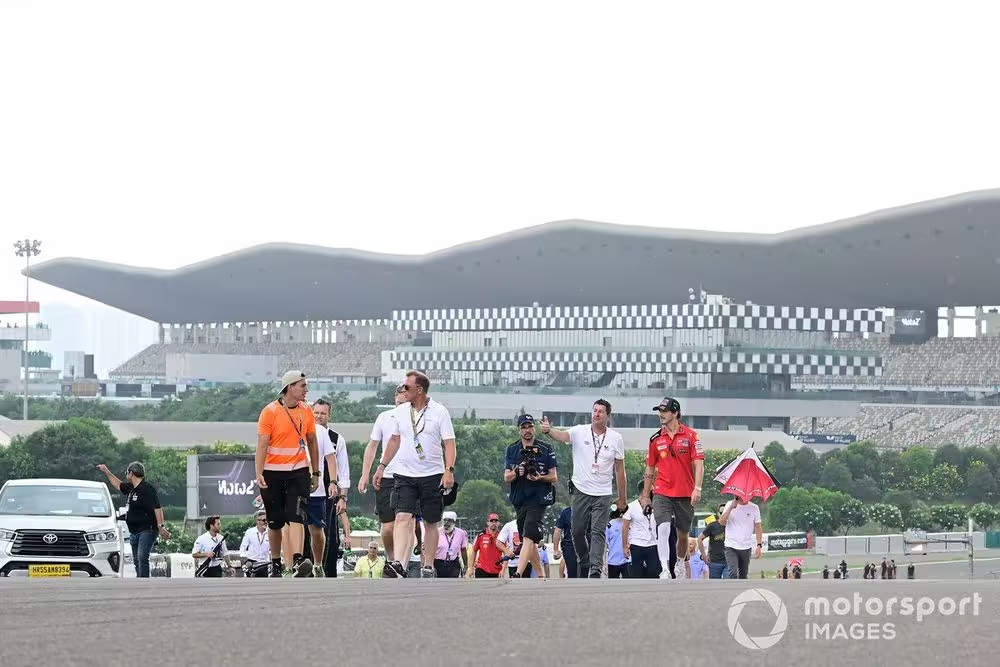Since last season, the MotoGP Safety Commission has been using the full version of software developed by the University of Padua specifically for the championship to study and improve the run-off areas of its circuits.
If there is one place in the world where motion and its effects dominate, it is Padua. Nicolaus Copernicus and Galileo Galilei, two of the most important figures of the Renaissance, passed through the prestigious university of the northern Italian city.
For this reason, and because of the more than five centuries of experience that followed these two scientists, it was clear to those in charge of MotoGP that the University of Padua could become the best possible partner to improve circuit safety. From this alliance, a computer programme was born that five years ago began to be developed and was implemented last season, which has become the best ally of those who certify whether a track is safe.
Technological advances mean that bikes are getting faster every year, and this has a direct impact on the safety level of the tracks. “The straights seem to get shorter and shorter, and the walls seem to get closer and closer,” is a phrase that is widely heard on the grid in the premier class.
One of the most dangerous junctures in a crash comes from hitting an obstacle. The riders have also seen how the increased speed of the bikes has meant that certain spots are no longer perceived as safe as they were a few years ago.
This concern did not go unnoticed by those in charge, so Carlos Ezpeleta, the MotoGP sporting director, and Corrado Cecchinelli, the director of technology, got in touch with the ‘disciples’ of Galileo. The answer is this software, created in Padua and fed with data from the archives of Dorna, the championship promoter, the FIM, various suppliers, the teams and the riders themselves.
Alfonso on a track walk with Bagnaia after homologating the Indian GP circuit using the software developed by the University of Padua
Photo by: Gold and Goose / Motorsport Images
“We were looking for a tool that would allow us to insert a track profile into AutoCAD, and give us back the ideal dimensions of the run-offs, or show us if the existing ones were adequate,” explains Ezpeleta, in a conversation with Autosport alongside Cecchinelli and Tome Alfonso, safety officer for the FIM. “We discussed it with Corrado, and he got in touch with the people in Padua who are the best in the field of motion studies.”
The…
Click Here to Read the Full Original Article at Autosport.com – MotoGP – Stories…

